Making vintage design work for You
Today, we will look at how you can create and establish a great palette for a vintage-style design from color to type to texture choices...
Vintage textures and palettes are in. They are popping up in a variety of uses from large-scale design projects to small details in a logo or background texture. This dated-style technique has really made a comeback.
Today, we will look at how you can create and establish a great palette for a vintage-style design from color to type to texture choices.
The Vintage Message
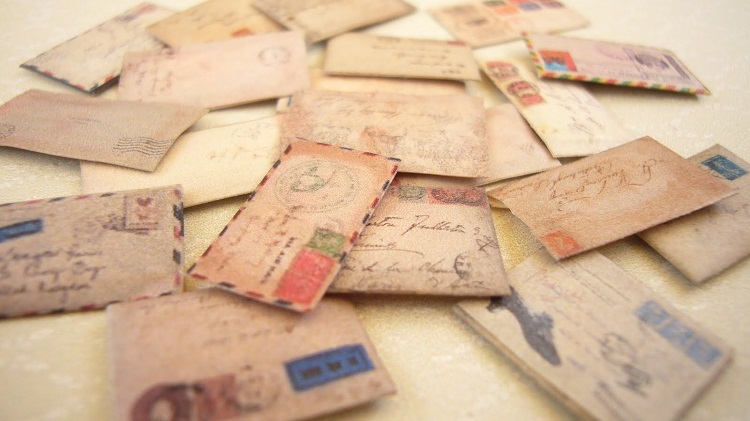
Using vintage design techniques conveys a very unique feel. While some try to stay away from the vintage look because it can make a design appear old or dated, more designers are really starting to embrace it in new ways.
And the vintage look can work for a variety of different projects. You just have to be careful not to overuse it. Vintage styling is distinct enough that it is often remembered but using it too much can take away from, rather than add to, the effect you are trying to create.
Vintage design has three pretty distinct design characteristics: color, effects and typography. Designers can create vintage styling using any of these techniques. (Mixing and matching is an option, too.)
Vintage Colors
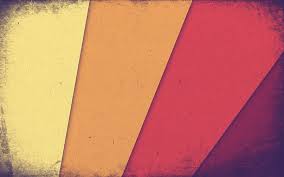
Creating a vintage color palette can be challenging because of the nature of the colors used. Often these vintage themes include a lot of beiges and cream colors (which can be tricky to use and print) in concert with a few brighter hues. Frequently, these other colors are quite desaturated.
Common color options include dark and more bright blues, greens, teals and peach tones. Rarely do these palettes borrow from the primary colors along the color wheel and when they do the colors are often dramatically muted.
The color effect mimics printing techniques of the 1920s-1980s. While this six-decade range is wide, you do see a lot of similar effects. Vintage color choices can almost even correlate to specific time periods, giving you the ability to include subtle visual cues in color choice alone. Earlier decades, for example, used the most muted tones and smallest overall color palettes due to limited printing capabilities. Later decades in this range tend to showcase brighter color options (while still rather desaturated) and the abundance of colors in a single palette. Tip: To create a vintage color palette, start with a neutral base color and one color to use as a primary hue. Desaturate your primary hue by adding white to the color mix. (You can also add black if you want to create a darker theme.) Then add two similar colors to the palette, one much darker than your primary hue and one that is much lighter.
Vintage Textures
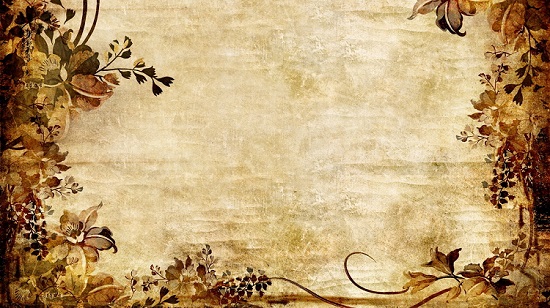 Texture is another element that is often used with other vintage design techniques. Vintage style textures often have a look that is more rigid or rough, such as a gritty paper or chalkboard.
Texture is another element that is often used with other vintage design techniques. Vintage style textures often have a look that is more rigid or rough, such as a gritty paper or chalkboard.
What vintage textures lack is smoothness. Again this effect mimics some of the printing mediums and techniques of time times when these styles were first used. Often vintage textures will include speckling in the background, faded or “rough” patches and an asymmetrical look for the texture. The effects should appear random and often appear as natural wear on a surface.
Another option when it comes to vintage textures is to use an intricate repeating pattern. The result is a more Victorian-style feel. This can be a difficult technique to replicate but can create a distinct visual.
When creating a vintage style texture consider color as well. Many projects using this design technique include background textures that are fairly bold in color and scope. The background can be light or dark, with the most common color choices being a tannish beige or a deep navy. Tip: Texture is a strong piece of the vintage design puzzle. Create a background that looks rough or worn. Consider a speckle effect to create depth and the appearance of wear. Pay attention to the details so that the texture does not obviously repeat and looks genuine.
Vintage Typography
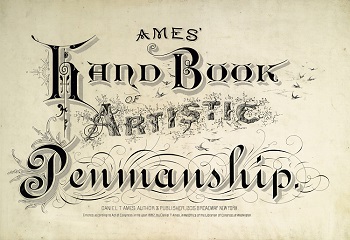
Vintage type is designed to look like letters that were created in the days before computers, when letters were pressed out using wood or metal. The result includes sometimes imperfect letterforms that were often more ornate in design.
Not only should you look for typefaces from older type categories when working in the vintage look, you should also consider adding a hint to texture to the shapes. Often vintage and retro styles include scripts and serif typefaces with long tails, elaborate curves or special letters.
Vintage typography is bold and in your face. This is not the place for letterforms that are condensed or compressed or include thin strokes. You might also think of adding a dark shadow or even embossing to sharp letterforms for an extra sense of impact and boldness.
The detailing surrounding type is an important consideration for creating the look of vintage typography as well. While the letters are often quite ornate, so is the area surrounding them. Letters should feel like they are part of the canvas, rather than sitting on it. Subtle blending or opacity techniques can help you achieve this look and feel. Tip: When considering typefaces for a vintage project, look first at roman, italic and bold styles. Choose a bold font that almost looks like it was pounded onto the background you are working with, just as the letters you are trying to replicated were pounded out with ink when the style was first popular.
Vintage Touches
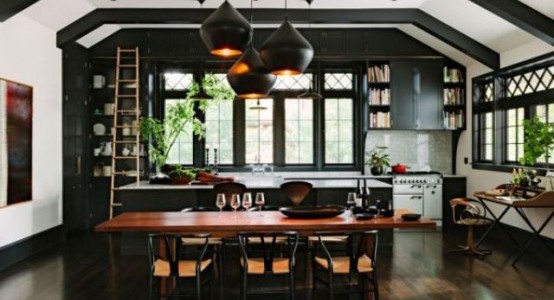
How can you add a few vintage-style elements to your design project without overwhelming it? It can be tricky. But it is very doable.
Consider starting with small elements in a vintage style. Badges, banners and ribbons are popular choices for web projects. Vintage-style type is another option that can work in a variety of applications. Try an ornate type-as-art treatment as an attention getter.
You can have a lot of fun with vintage styles for small projects as well. Consider a vintage theme for your business cards or email signature. Create a special vintage style logo to celebrate a company milestone or anniversary.
If you are looking for more vintage inspiration, search the Design Shack gallery. In addition to the examples above, it is packed with fun examples of how you can use vintage effects for a number of different types of projects.
Conclusion
Vintage design is a fun trend that makes a lot of sense for certain types of projects. While creating some of the styles can be a little tedious and time-consuming, the end result is a style that has a distinct look and feel.
Consider the big three visuals when working on vintage-themed projects – color, texture and type. One or a mix of multiple techniques can be used to create a visual that feels “back in the day.”
Is this a trend that you are using in your work? Share some of your tips and inspiration for creating vintage styles with us in the comments.Thanks to designshack